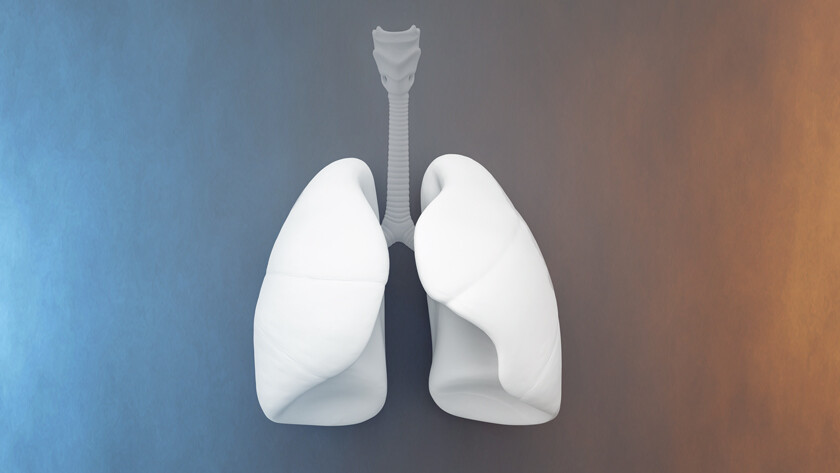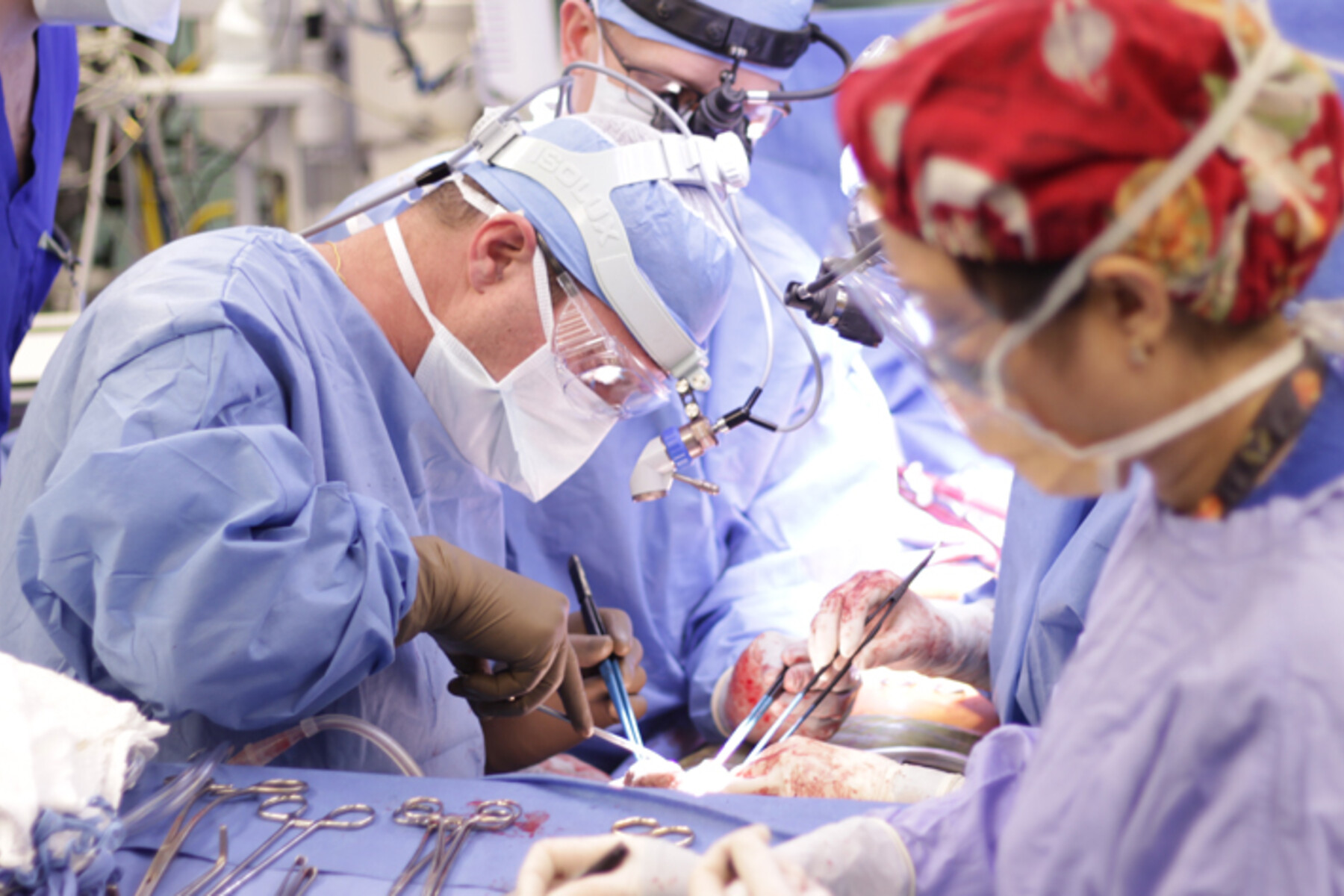Main Second Level Navigation
Sep 22, 2021
Warm Comfort
Storing donor lungs at warmer temperatures raises organ quality & extends preservation window.

Image courtesy of UHN
Current approaches for preserving donated lungs involve cold storage at 4°C. New research explores the potential benefits of storing lungs at warmer temperatures.

